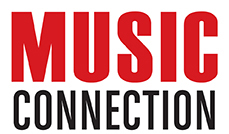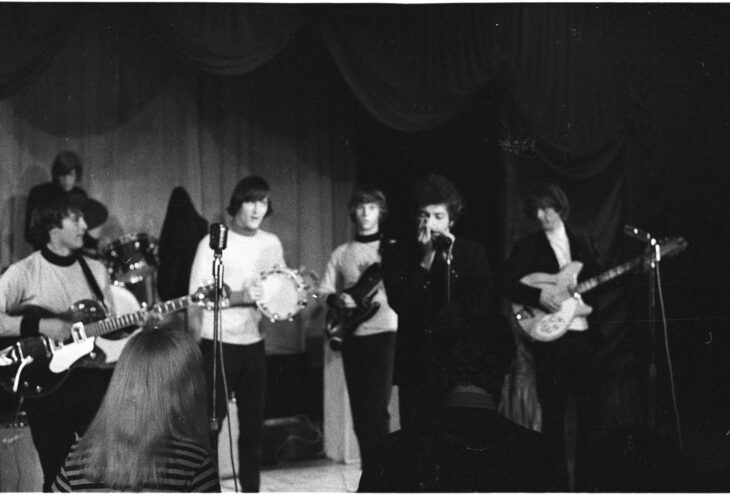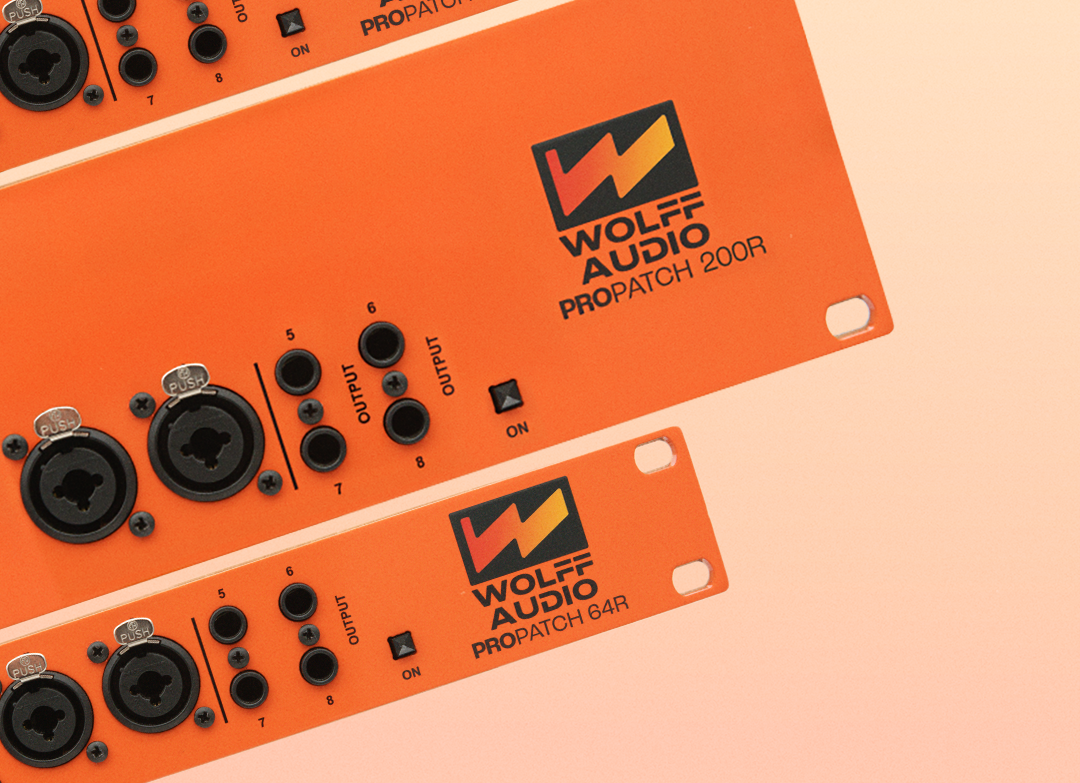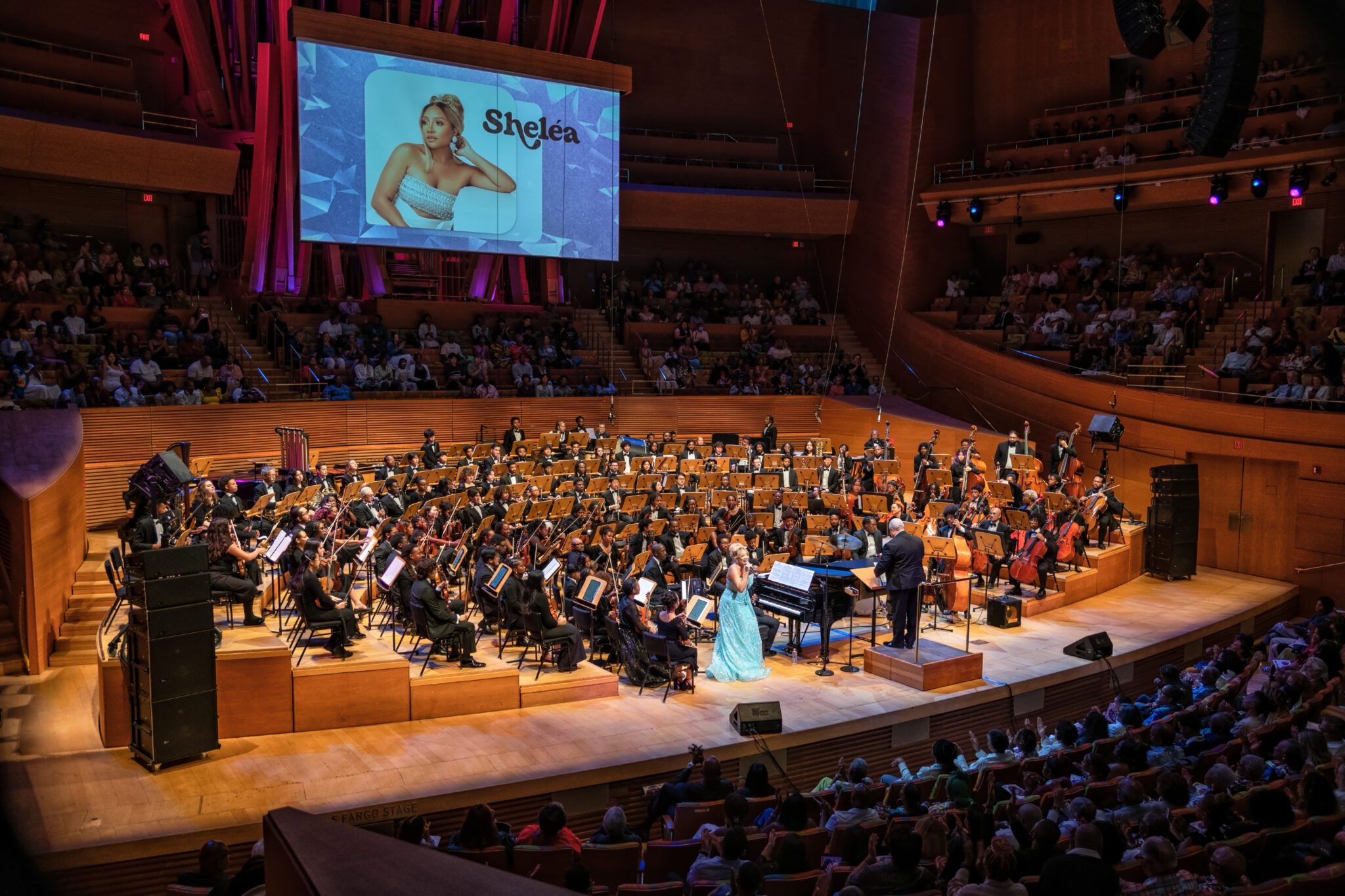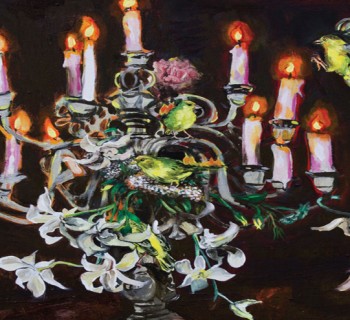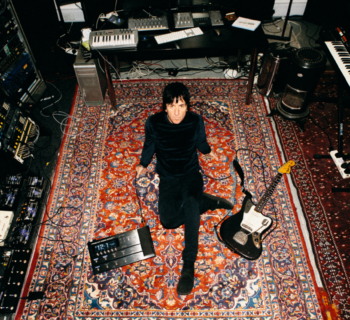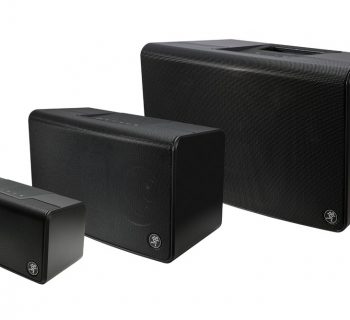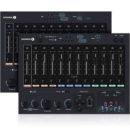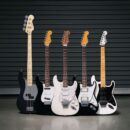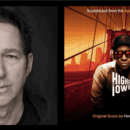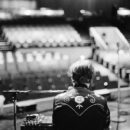“One of the greatest things about Dylan's artistic personality is the way he turns it like a Rubik's Cube, turns it and turns it and--voila!--some new aspect that was secretly there all along suddenly gets a full face in a way that throws the listener for a loop. For instance, Dylan was always a rock and roller, long before he went electric. Of course he was. That's what made the Newport plug-in move so disarming--it exposed the unobservant and forced them to acknowledge that he wasn't breaking away from anything. Quite the opposite: he was digging down deeper into his essence.” ---
Writer and novelist Daniel Weizmann to Harvey Kubernk in 2025
Director Murray Lerner’s The Other Side Of The Mirror-Bob Dylan Live At The Newport Festival 1963-1965 is 83 minutes of filmed Dylan performances in chronological order, 70% available here for the first time. It opens a window into a critical epoch in American cultural history as reflected in the musical transformations of Dylan’s watershed performances in 1963-1965 at the Newport Folk Festival.
On the DVD we watch Dylan evolving from folkie to front man for the electric revolution of American Top 40 popular music.
Multi-hyphenate Lerner also gave us the acclaimed 1967 documentary, FESTIVAL Folk Music at Newport, 1963-1966.
Earlier this century I interviewed award-winning producer and director Murray Lerner, getting his story on Dylan going electric performance at Newport ’65 from someone who was not only there but captured the action on stage to celluloid.
Q: I’ve always thought Bob Dylan’s July 25, 1965 performance at the Newport Folk Festival wasn’t that groundbreaking. Howlin’ Wolf and The Paul Butterfield Blues Band had electric guitars and drummers. “Like A Rolling Stone” was already out in June ’65 and all over the AM radio. In Los Angeles, his songs were rock and radio hits by Cher, the Byrds and the Turtles.
A: I knew the Butterfield band and had done some industrial film with some of their music. On stage Paul came alive. He’s not performing with Dylan together in the 1965 set because Paul mentioned something like it wasn’t right to have two stars on stage at the same time. I interviewed Mike Bloomfield in Festival! talking about (Paul) Butterfield. I wanted to show in the movie that this was a movement for white kids and white people to get into the blues. Bloomfield and Butterfield were iconic figures in my mind.
Q: You appreciated Dylan moving into electric rock ‘n’ roll from an acoustic setting.
A: I felt that electricity was needed to distribute the music in a wide basis, radio and television. Then, once it happened, the hunger for the feeling that electricity gave people listening to it was more than volume. I think electric music gets into your body, and enters into your nerves quite deeply, and almost puts you into a trance. It’s hypnotic. I’ve always felt this and this was the feeling I had when I watched Bob. And I was excited by it. I not only appreciated the changes I loved it! I really was mesmerized and hypnotized by “Maggie’s Farm” on many levels.
As I was filming it, I knew it was a gateway to a new culture in the form of based on the older culture, and I thought this was it. I was mesmerized by electric music. By Paul Butterfield earlier in the thing and Howlin’ Wolf played with a band. But what Dylan did the electricity got into your bones. I was both in the pit and on the stage. In the DVD we didn’t use “Phantom Engineer’ (It Takes A Lot To Laugh A Train To Cry)” because I didn’t think it was up to the standard of “Maggie’s Farm” and “Like A Rolling Stone,” to be honest with you. “Stone” is too big a climax to extend it with something not as good.
I knew it was going to be a major breakthrough. It was a mixture of booing, applause and bewilderment. I was intensely involved in the filming so I didn’t pay much attention to what the audience was doing. I was hypnotized in a way by the electric music and had to get the shot. And, the interesting thing about “Maggie’s Farm” which was a breakthrough musically, but the lyrics were expressing the same kind of idea that he wasn’t gonna be a conformist. And in a way, “Maggie’ Farm” was a symbol for America working. We’re all working on “Maggie’s Farm.”
Q: What impressed you the most about Dylan as a poet?
A: The words just fell on his music. I knew that when I saw him walk in a room at a party around 1962 for Cynthia Gooding. He came in and pulled out his guitar, played a few songs about New York, packed it up and split. He intrigued me. At Harvard university I majored in English and my main interest was modern American poetry. T.S. Eliot and Ezra pound, and their technique of two opposite symbols creating a third idea. Two different images, the unexpected juxtaposition of two different images for the third idea. Which guided me into filmmaking.
Q: Your Newport Dylan DVD is a different sort of film, in a sense, from what you usually direct.
A: We decided on no narration, no pundit interviews, no interviews with Dylan. Nothing except the experience of seeing him…That to me is exciting. Just the clear experience gives you everything you need. I felt that when I screened the music of The Other Side Of The Mirror, because his touted metaphorically as the mirror of his generation, and I thought no, he’s beyond that. He always takes the generation beyond that, and he’s like on the other side of the mirror, but I also felt the wonderous quality of his imagination took us like Alice to a new world on the other side of the mirror. I felt to break that would be bad.
Dylan’s songs and his ideas were so powerful that my thesis, or premise, was that once I got you involved in him and you were also seeing a change in his imagination going in his music that you wouldn’t want to leave it. Either I pulled you into it or I didn’t. If you weren’t pulled into his music and took this journey with him then you’re not going to like the film. Nothing you say is gonna make you like it more.
In my Miles Davis film, I thought the change in Miles Davis was very similar to the change in Bob Dylan and the hostility that he encountered as for them going electric. Because of Dylan, and I read a lot about Miles going electric, it took a lot of courage on his part to go electric. That music at the Isle of Wight was cinematic, Like Dylan earlier at Newport. Dylan was at the absolute height of the involvement and the charisma. Absolutely. Of course, he has words and Miles doesn’t. It’s a big difference for me. Shooting Miles I knew I had an important moment, especially in a rock music setting. That’s the point, again.”
“In July ’65 I played piano with Bob Dylan at Newport in 1965 and Michael Bloomfield was there, too,” recalled keyboardist Barry Goldberg in a 2005 interview I conducted.
“I met Dylan the night before with Bloomfield and he asked me to play with him. The night before we played Newport, we all rehearsed at a big mansion in the area with a view of the ocean. ‘Like A Rolling Stone’ was already on the AM radio.
“No one was prepared to record electric music then. No one really knew yet what amplified music at a big concert was yet. That was a whole craziness. And, even then it was a beginning, a pioneering move, and no one knew the power of amplified music up until the Monterey International Pop Festival when I was in the Electric Flag with Michael.
“I always loved Michael’s guitar playing. Michael learned and played with the intensity and shook a string back in Chicago as good as Otis Rush, or anybody I had ever heard. I was really a fan of Michael back in high school. We had rival rock ‘n’ roll bands.
“The role for my keyboards with Dylan at Newport, or later with Michael at Monterey in ‘67 was a support role. And I was very content in just laying down the sound in the background and having those great virtuoso soloists coming at me. I just enjoyed listening to Michael.”
(Harvey Kubernik is the author of 20 books, including 2009’s Canyon Of Dreams: The Magic And The Music Of Laurel Canyon, 2014’s Turn Up The Radio! Rock, Pop and Roll In Los Angeles 1956-1972, 2015's Every Body Knows: Leonard Cohen, 2016's Heart of Gold Neil Young and 2017's 1967: A Complete Rock Music History of the Summer of Love. Sterling/Barnes and Noble in 2018 published Harvey and Kenneth Kubernik’s The Story Of The Band: From Big Pink To The Last Waltz. In 2021 the duo wrote Jimi Hendrix: Voodoo Child for Sterling/Barnes and Noble.
Otherworld Cottage Industries in 2020 published Harvey’s Docs That Rock, Music That Matters. His Screen Gems: (Pop Music Documentaries and Rock ‘n’ Roll TV Scenes) is scheduled for 2025.
Harvey wrote the liner notes to CD re-releases of Carole King’s Tapestry, The Essential Carole King, Allen Ginsberg’s Kaddish, Elvis Presley The ’68 Comeback Special, The Ramones’ End of the Century and Big Brother & the Holding Company Captured Live at The Monterey International Pop Festival.
During 2006 Kubernik spoke at the special hearings by The Library of Congress in Hollywood, California, discussing archiving practices and audiotape preservation. In 2017 he appeared at the Rock and Roll Hall of Fame in Cleveland, Ohio, in their Distinguished Speakers Series. Amidst 2023, Harvey appeared The Grammy Museum in Los Angeles discussing The Last Waltz music documentary. The New York City Department of Education is developing the social studies textbook Hidden Voices: Jewish Americans in United States History. Kubernik’s 1976 profile/interview with music promoter Bill Graham on the Best Classic Bands website Bill Graham interview on the Rock ’n’ Roll Revolution, 1976, is included).
Bob Dylan and the Byrds Photo by Jim Dickson Courtesy of Henry Diltz and Gary Strobl
